2018 highlights of the year in the Russian defense industry
New weapon Fishing season
One of the main events of the outgoing 2018 year for the Russian defense industry was, of course, the presentation by Vladimir Putin of the newest models of domestic weapons, which were worked on in a state of strict secrecy. On new weapons, the head of state spoke on March 1, speaking in a message to the Federal Assembly. Among the presented novelties were the Dagger hypersonic missile system (can be placed onboard the MiG-31BM fighter-interceptor), the Avangard guided hypersonic combat unit, which can be installed like on Sarmat heavy ICBMs that will replace the P-12 missiles 36М2 "Voevoda", and on the ICBM RS-26 "Rubezh", which can be mine performance or be part of the mobile missile complex "Avangard". In addition, Putin announced a cruise missile with the Burevestnik nuclear power plant, an unmanned submersible with the Poseidon nuclear power plant and the Peresvet combat laser.
The most close and fully tangible at the moment hypersonic rocket "Dagger" air-based and combat laser "Peresvet". There is no doubt about the speedy implementation of the Avangard controlled combat unit, designed to equip modern Russian intercontinental ballistic missiles. Developments in this area were actively conducted in the Soviet Union and at the modern level of development of technologies and materials, their creation is absolutely real. But the announced underwater unmanned aerial vehicle "Poseidon", which can be a carrier of a nuclear charge, only in July, began testing. This development is included in the state program of armaments up to 2027 of the year and work in this direction, as well as on the creation of a cruise missile with a nuclear power installation on board, is still far from completion. It is precisely compact nuclear power plants that cause the most questions and skepticism around these two projects.
At the same time, Russian hypersonic aviation the Kh-47M2 “Dagger” missile system is a formidable modern weapon that can destroy both stationary objects on land and ships: aircraft carriers, cruisers, destroyers, frigates. Due to hypersonic speed and active maneuvering, the missile is able to overcome modern systems of air defense and missile defense of a potential enemy. Since December 1, 2017, the complex has been on pilot combat duty at the airfields of the Southern Military District. In February-March 2018, operational military tests of a new missile system, which is already called the Iskander airborne, began in Russia. The maximum declared rocket speed is 10 times higher than the speed of sound, while it is able to maneuver over the entire area of the trajectory. To achieve the declared speed, the rocket must be accelerated by the carrier, therefore, for these purposes, the MiG-31BM fighter-interceptor is best suited, which at high altitude is able to accelerate to a speed of 3400 km / h. It is worth noting that the long-range fighter-interceptor MiG-31BM, which has undergone modernization to the MiG-31K variant (carrier of the “Dagger” rocket), is deprived of the possibility of using standard weapons for other MiG-31 aircraft. The ventral devices for R-33 / R-37 missiles are dismantled from it.
The second fully tangible weaponry is a complex of laser weapons, called "Peresvet". Most of the information about this complex and its characteristics is classified, but experts suggest that its main purpose is to perform anti-missile and air defense tasks. Also, experts note that the complex will be able to deal with unmanned enemy vehicles and supplement and insure deployed air defense systems while repelling massive air strikes. The equipping of the Russian Armed Forces with the Peresvet laser complexes began in the 2017 year, and the 1 December of December 2018, the laser complexes were put on trial combat duty.
Maneuvers "Vostok-2018"
The active phase of the Vostok-2018 maneuvers took place from September 11 to September 17 at five combined arms ranges, four air force and air defense training areas, as well as in the waters of the Bering, Japan and Okhotsk Seas, the Information and Communications Department of the Ministry of Defense of the Russian Federation reported. . It is worth noting that such large-scale events of combat training of troops in Russia have not yet been. The exercises were comparable to the West-81 maneuvers conducted in the USSR, but in some ways, according to Defense Minister Sergei Shoigu, they were even larger than the Soviet ones. The country's defense minister noted that in the history of the Russian army the Vostok-2018 maneuvers became the most ambitious event for the training and verification of troops. In total, 300 thousand military personnel, more than 1000 aircraft, helicopters and UAVs were involved in maneuvers, up to 36 tanks, armored personnel carriers, infantry fighting vehicles and other vehicles, as well as up to 80 ships and Russian support vessels fleet.
Representatives of the military contingent of the People’s Liberation Army of China totaling up to 3,5 thousand people took part in the main draw of the exercise, which was held at the Tsugol training ground of the Eastern Military District of Russia. In total, within the framework of the maneuvers carried out by rail, the order of 30 military echelons arrived in Russia, which delivered more than 400 units of PLA combat and special equipment. The military contingent of the Armed Forces of Mongolia also took part in the exercises.
According to General of the Army Sergei Shoigu, the exercises allowed to raise the level of field, air and sea skills of the personnel of the Armed Forces of Russia, to work out in practice the actions of the groups in the Eastern direction and in the ocean-maritime areas that are operational for the country.
Military-technical cooperation and payments in national currency
The main result of 2018 of the year in the sphere of military-technical cooperation - Military-technical cooperation can be called a series of events at once. Among them, the contract with the supply of the Triumph C-400 long-range anti-aircraft missile system signed with India comes out on top. Negotiations on this contract have been going on for several years. It is expected that complexes worth more than five billion dollars will be delivered to India. This transaction was the largest in the history of Russian defense exports. In addition, Moscow and Delhi were able to sign a number of contracts in the defense sector, which include the delivery of another frigate of the 11356 project to India. The parameters of the defense contracts are not disclosed, but, according to unofficial information, the amount of the contract for the supply of two ready-made warships is about 950 million dollars. The frigates will be produced by the United Shipbuilding Corporation (USC), which plans to deliver the first ships under a new contract within three years.
The success for the Russian Federation in the sphere of military-technical cooperation was not only the concluded contracts: at the end of November 2018, the source of the agency RIA News said that Russia, with its Igla MANPADS, was able to win the Indian tender for the supply of short-range air defense systems for a total of 1,5 billion dollars, but the agency does not yet have official confirmation of this information. If we talk about the general prospects of military-technical cooperation, then, according to Alexander Mikheev, the head of Rosoboronexport, the demand for domestic weapons in the world is only growing. According to the official, the order book of Rosoboronexport has recently exceeded the 55 mark of billions of dollars, a significant proportion of which was formed through contracts with Arab countries. In the 2018 year alone, Rosoboronexport signed contracts totaling about 19 billion dollars, which is almost 25 percent more than it was signed for the entire 2017 year.
Important for the Russian defense sector is the refusal of payments in dollars in military contracts. The fact that Russia will no longer use the calculations in dollars in large trade contracts, in an interview with RBC said the Minister of Industry and Trade of Russia Denis Manturov. For example, the delivery of the C-400 “Triumph” air defense missile system is paid in rubles or in the national currencies of the purchasing countries. According to Manturov, in national currencies, in particular, China, India and Turkey pay. According to the Minister of Industry, a similar step with the transition to settlements in national currencies removes some of the restrictions associated with the dollar for settlement. Earlier, the head of the Federal Service for Military-Technical Cooperation (FSVTS), Dmitry Shugaev, noted that working with the dollar in the field of military-technical cooperation is "almost impossible." The official explained that the banking sector was blocking or freezing payments in dollars. At the same time, Industry Minister Denis Manturov noted that, despite the sanctions, Russia is not breaking contracts for the supply of arms.
According to the publication Lenta.ruIn early October, 2018 was awarded a five billion dollar contract with India. Under this contract, the country will receive five C-400 SAM regiments. Turkey is to receive the 4 air defense data division, the contract amount was 2,5 billion dollars, the agreement was signed in December 2017. China has previously acquired the 6 C-400 ZRS battalions totaling over 3 billions of dollars. Denis Manturov clarified that barter schemes, when it was possible to pay for enterprises "either with down jackets or with Chinese stew", already took place in the nineties. Currently, these schemes, according to the minister, are fortunately not used.
Transfer of C-300 Syria complexes
In the autumn of 2018, Russia donated to Syria three divisions of the C-300PM anti-aircraft missile system consisting of eight launchers each (24 PU). This was reported by the agency TASS With reference to its military-diplomatic sources, the transfer of the complexes took place on October 1 2018. “This equipment was previously in service with one of the anti-aircraft missile regiments of the Russian Aerospace Forces, which was re-equipped with the Triumph C-400 system. The equipment transferred to the Syrians was overhauled in Russia, it is fully operational and able to carry out the combat missions assigned to it, ”said an agency source. Together with the launchers, the Syrians also received mobile ammunition in the amount of more than 100 anti-aircraft guided missiles at each of the assigned divisions.
According to experts, the C-300 complex is capable of hitting modern and promising aircraft, including vehicles made using stealth technology, to shoot down tactical and operational-tactical missiles, medium-range ballistic missiles, and reconnaissance strike systems and radar patrol and guidance aircraft. The main difference of the C-300PM modification (export version - C-300PMU-1) is the ability to use medium-range guided missiles 48Н6 (export version 48Н6Е), which can shoot down enemy aircraft at a distance of 150 km.
The reason for the transfer of Syrian anti-aircraft missile system C-300 was the tragic incident that occurred 17 September 2018, when the Russian reconnaissance aircraft IL-20 was shot down by Syrian anti-aircraft defense while repelling an attack from the Israeli air force that attacked targets in the territory of Latakia province . The Syrian missile of the C-20 complex hit the IL-200 of the Russian Aerospace Forces, killing all 15 of the Russian military on board the aircraft. The Russian defense ministry blamed Israel for what happened, the military said that Israeli military pilots (X-NUMX F-4 fighter) were hiding behind Russian aircraft, exposing it to the blow of Syria’s air defense system.
Military innovative technopolis "Era"
In the autumn of 2018, the work of the Era Military Innovative Technopolis (VIT) began. It is planned that the technopolis located in Anapa will reach its full operating capacity in 2020. VIT "Era" located on the Black Sea coast and covers an area of 17 ha. According to the Department of Information and Mass Communications of the Ministry of Defense of the Russian Federation, the infrastructure of a new technopolis combines the functions of an educational and scientific organization, pilot production and a test site. This allows in one place to carry out all the stages of creating new types of weapons: from conducting exploratory research to creating prototypes and fundamentally new models, making it as soon as possible (up to three years).
It is reported that the main focus of the scientific activity of the Era technopolis will be on the development of defense technologies. However, it is planned to work to identify emerging commercial technologies that are potentially interesting for the Ministry of Defense, as well as to assess the potential of their use in the interests of the Russian Armed Forces. Also here they will be engaged in the identification of technologies that are either still being created or require significant adaptation for military needs. An important activity of the VIT Era will be the study of the capabilities of artificial intelligence technologies and its use in the military sphere. Also here they will work on future medicine and the development of unmanned technology.
It is known that the work in the "Era" will be conducted on 8 main areas: IT-systems and automated control systems; computer science and computing; Information Security; robotics; technical vision and pattern recognition; energy supply technologies, life support equipment and machines; bioengineering and biosynthetic technologies; nanotechnology and nanomaterials. Currently, the process of manning the technopolis is underway. In total, by the year 2020 in the technopolis should appear before 2000 new jobs. In addition, since July 2018, four scientific companies with a total number of 198 specialists have begun work here, their number may increase in the future.
Good living conditions have been created for Era employees, around 1400 apartments located on the seashore, as well as several educational centers have already been built. On the territory of the technopolis there is an indoor swimming pool, a sports complex, an Ice Palace, gyms. In 18, existing laboratories in the research and education sector already use more than 600 units of various unique laboratory test equipment, which is involved in the implementation of 40 planned innovative projects. It is known that 37 enterprises were housed in the laboratory cluster, including both the large Russian defense concerns, Sukhoi and Kalashnikov, as well as young research start-up teams.
The main temple of the Armed Forces
In September, the main temple of the Armed Forces of the Russian Federation was laid, which they are going to build in the Patriot park not far from Kubinka near Moscow. The temple is planned to be built for the 75 anniversary of the victory in World War II. It is known that the temple complex, designed in the monumental Russian-Byzantine style, will be the third highest Orthodox church in the world. The planned height of the temple - 95 meters, the total area of the building will be 11 thousand square meters, this will allow the temple to accommodate approximately 6 thousand people. According to the creators, the temple will symbolize the spirituality of the Russian army, which raises the sword only to protect their homeland. According to official information, the construction of the temple is carried out only on voluntary donations, for their collection was specifically created a charitable foundation "Resurrection».
According to the creators of the temple project, the history of our country is inextricably linked with the history of the construction of temples: commemorative signs were erected in memory of defenders of the Fatherland, chapels, temples, monuments and even entire Orthodox architectural ensembles were erected. It is planned that the main temple of the Armed Forces of the Russian Federation will be able to unite all Orthodox believers in the military. At the same time, the temple will become a spiritual, educational and educational-methodical center not only for the military, but also for all Orthodox priests and citizens of our country. Also, a school of military priests will be opened at the temple and the institute of sisters of mercy will be revived. On the territory of the temple complex in the Patriot park a universal multimedia museum and exhibition complex “The Spiritual Army of Russia” will be built, the unique exposition of which will tell about different episodes of the heroic glory of the Russian army.
On the images presented in the presentation on the official website of the Russian Ministry of Defense, the building of the temple is painted in khaki color. The military church will have four side chapels, each of them will be dedicated to a saint who is the patron saint of one of the branches of service and types of the Armed Forces of Russia: the Chapel of St. Ilya the Prophet - patron of the Airborne Forces and the Russian Aerospace Forces; The chapel of St. Barbara the Great Martyr - patroness of the Strategic Missile Forces; The side chapel of the Holy Apostle Andrew the First Called - patron of the Russian Navy; The chapel of St. Alexander Nevsky - patron of the Land Forces of Russia.
According to Defense Minister Sergei Shoigu, the construction of the temple is proceeding as planned: the foundation has been built, the work of designers and artists has passed to the final stage. According to the agency RIA NewsThe minister said that the steps of the main temple of the Russian Armed Forces will be cast from Wehrmacht trophy equipment. He said this on Monday, December 24, at a meeting of the public council of the Russian Ministry of Defense. Shoigu explained this decision by saying that the leadership of the military department wants every square meter of the temple to be symbolic.
The state of the Russian armed forces on the basis of 2018 year
Only in 2018, the Armed Forces adopted and completed a series of state tests of 56 types of new equipment. About this on Saturday, December 22, said Deputy Minister of Defense of Russia Dmitry Bulgakov. On the air of the Russia-24 TV channel, the army general said: “There are many new products. In 2018, the 35 introduced new types of weapons and military equipment. According to the 21 model, only yesterday and the day before yesterday they reported that state tests had ended. This is another plus 21 sample of weapons and military equipment. " At the same time, Dmitry Bulgakov clarified that in total in 2018, more than 5 thousands of units of new equipment arrived in the army. In addition, the military received more than 8 million "items of clothing property" in order to provide personnel with uniforms, more than 700 thousand tons of food for food and 2,5 million tons of fuel. According to the General of the Army, the coefficient of serviceability of equipment in the armed forces of the Russian Federation today is 94 percent.
The new AK-12 and AK-15 caliber 5,45-mm and 7,62-mm respectively were adopted by the Russian army. Model AK-12 should come in the Russian army to replace the "most important" machine gun AK-74M. The innovations of Russian weapons also include the automated sound-thermal artillery reconnaissance complex "Penicillin", whose tests were completed in November 2018 of the year. The complex allows you to receive and process acoustic signals from shots (breaks) and provide information about the location of the projectile rupture, the accuracy of the hit, as well as information about the location of the enemy artillery. The time to obtain the coordinates of a single target does not exceed 5 seconds. The use of such a complex seriously simplifies the conduct of the counter-battery struggle. Also in the framework of the R & D on the theme “Sketch”, pilot artillery mounts were created: 120-mm self-propelled phlox artillery mounted on the Ural wheeled chassis, 120-mm self-propelled Magnolia-mounted on a two-link crawler chassis for use in weak soils in the Arctic, as well as 82-mm self-propelled mortar "Drok", located on the wheeled chassis "Kamaz". Installations were tested during the 2018 year, the tests should have been completed before the end of the year.
Brought 2018 year and the conclusion of contracts for the long-awaited news. Thus, as part of the work of the Army-2018 international military-technical forum, a contract was signed for the supply of two fifth-generation pre-production fighters, the Su-57. This is a long-awaited deal, which has been expected for several years. The first of the new aircraft should enter service with the Russian VKS as early as 2019. In addition, an agreement was signed on the supply of 6 new light fighter MiG-35, which should be delivered to the military before 2023 year. No less expected was the announcement of a contract for the supply of military vehicles to the 132 troops: the main battle tank (T-14) and the infantry fighting vehicle T-15, built on the basis of the promising heavy tracked platform "Armata". The armored vehicle is acquired in the framework of an experimental military party, the execution of the contract is scheduled before the 2022 year. The contract provides for the supply of two battalion sets of T-14 tanks and one battalion set of BMP T-15.
On the state of the armed forces spoke and the Minister of Defense Sergei Shoigu. At a meeting of the public council at the Ministry of Defense of Russia on Monday, December 24, the minister stressed that the army this year reached an unprecedented level of equipment with modern weapons.
- noted Sergey Shoigu.
According to him, such a level of modernity is not present today in any army in the world.
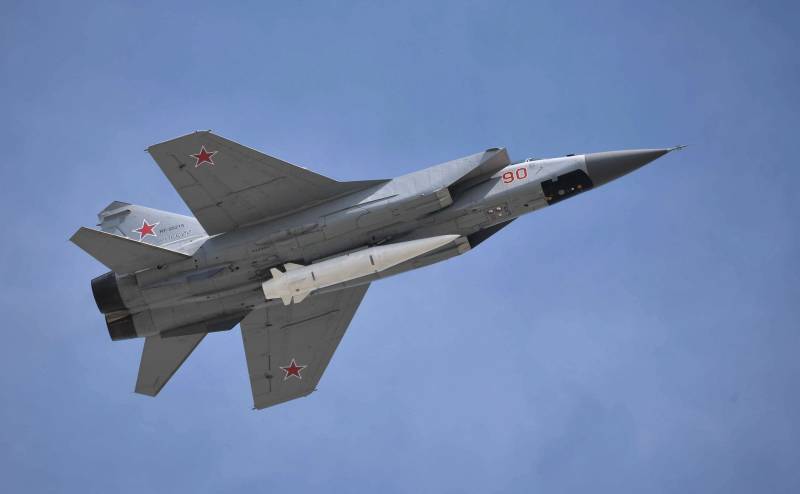
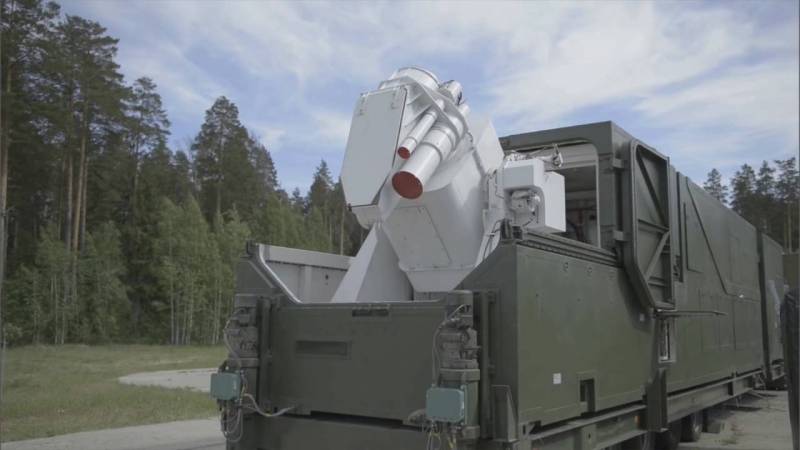
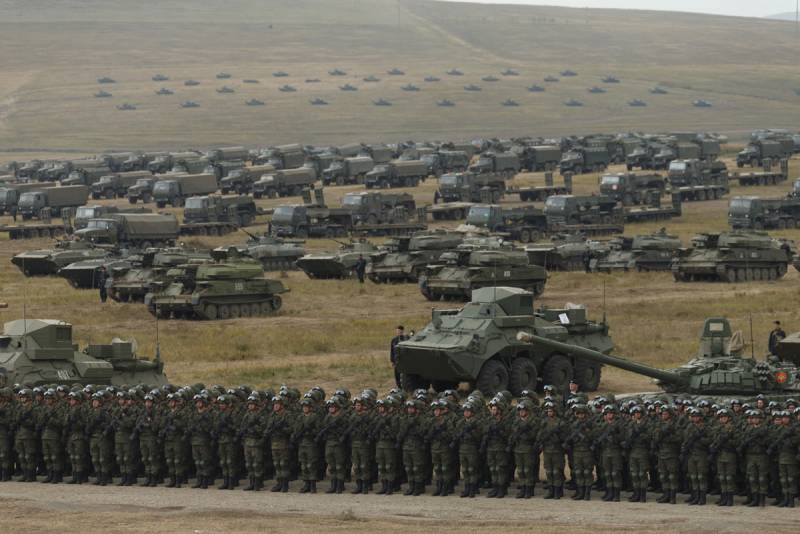
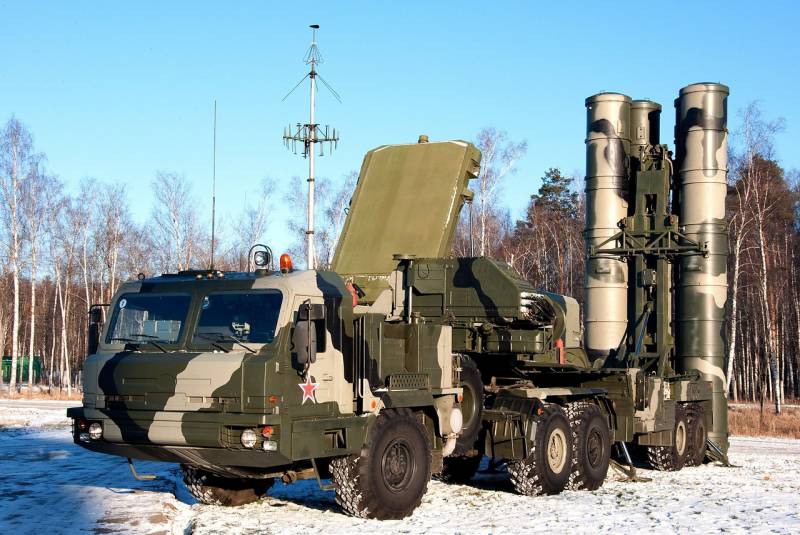
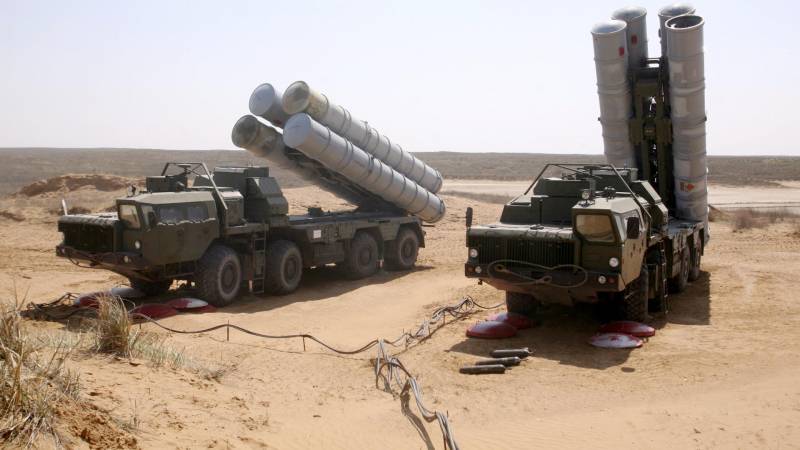
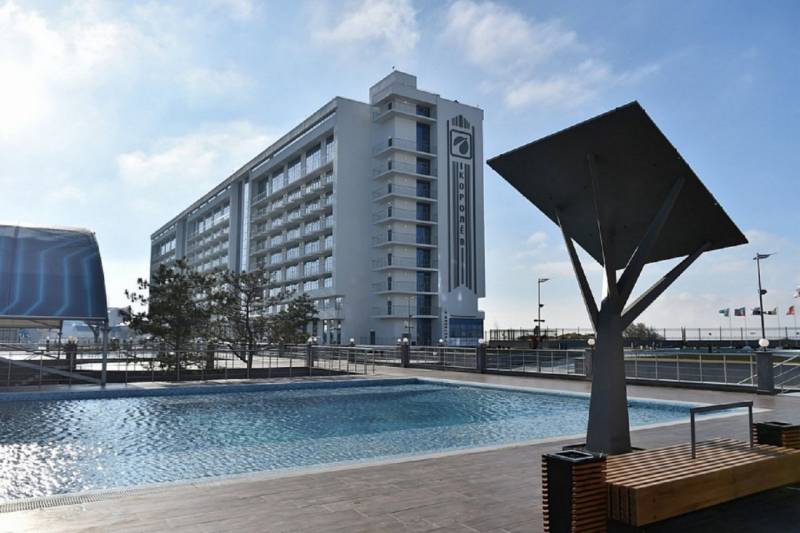
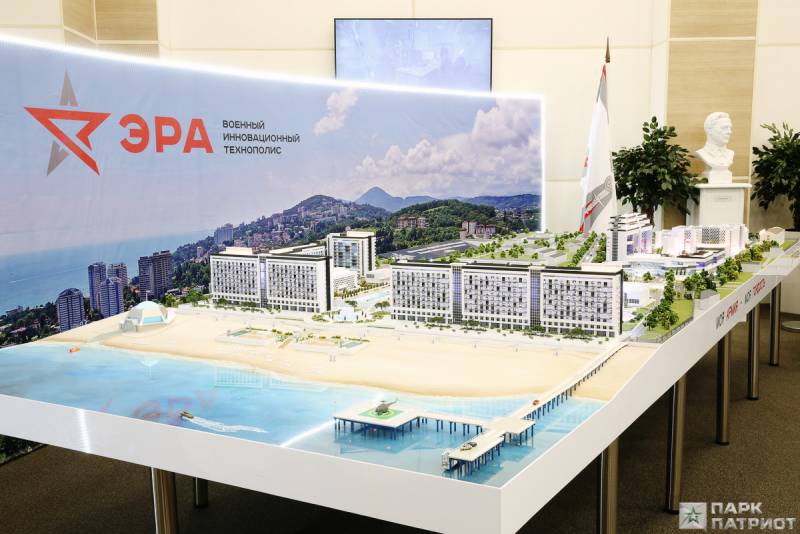
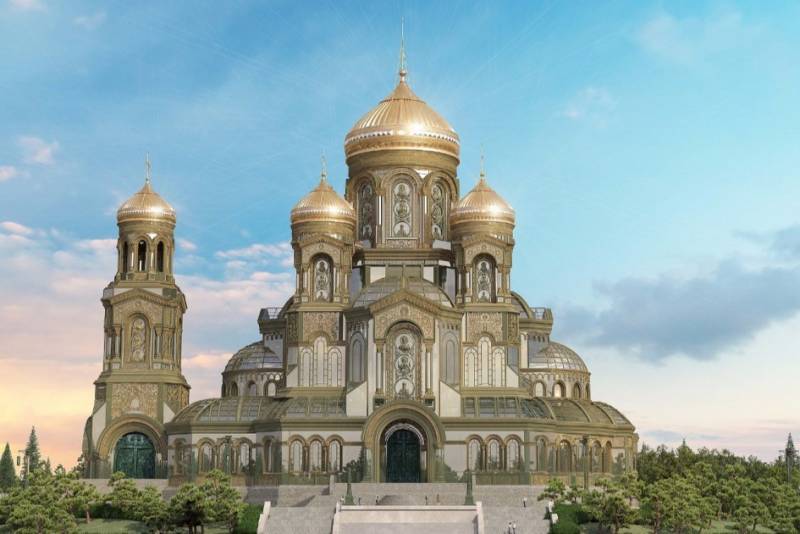
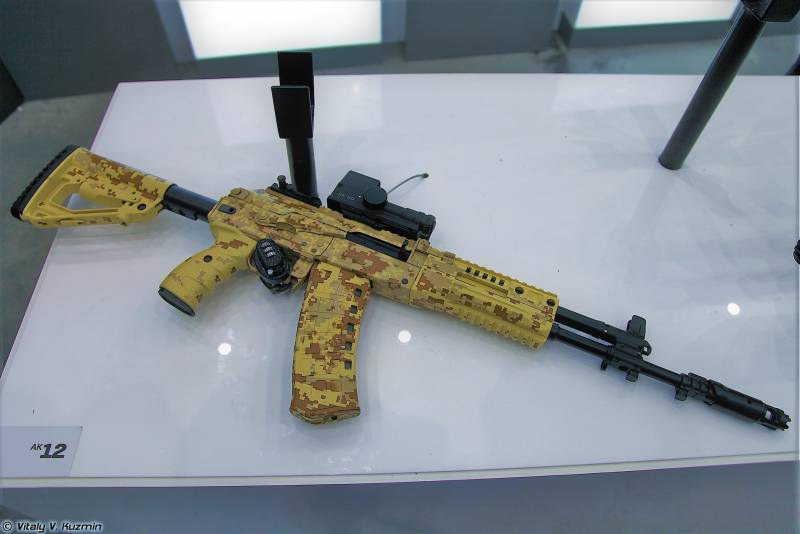
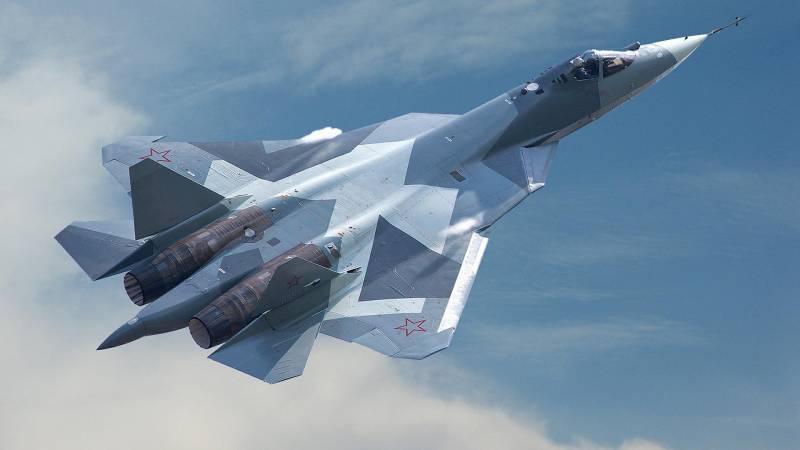
Information